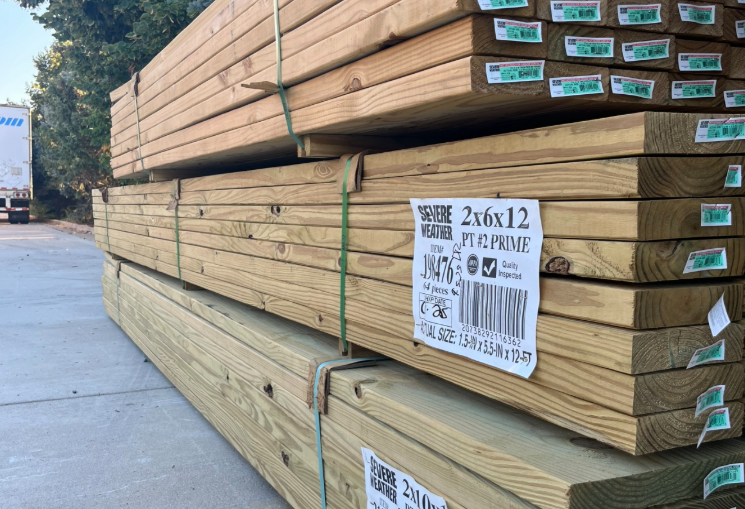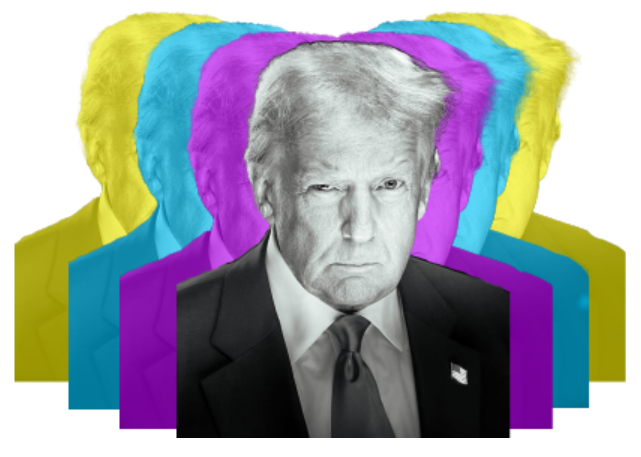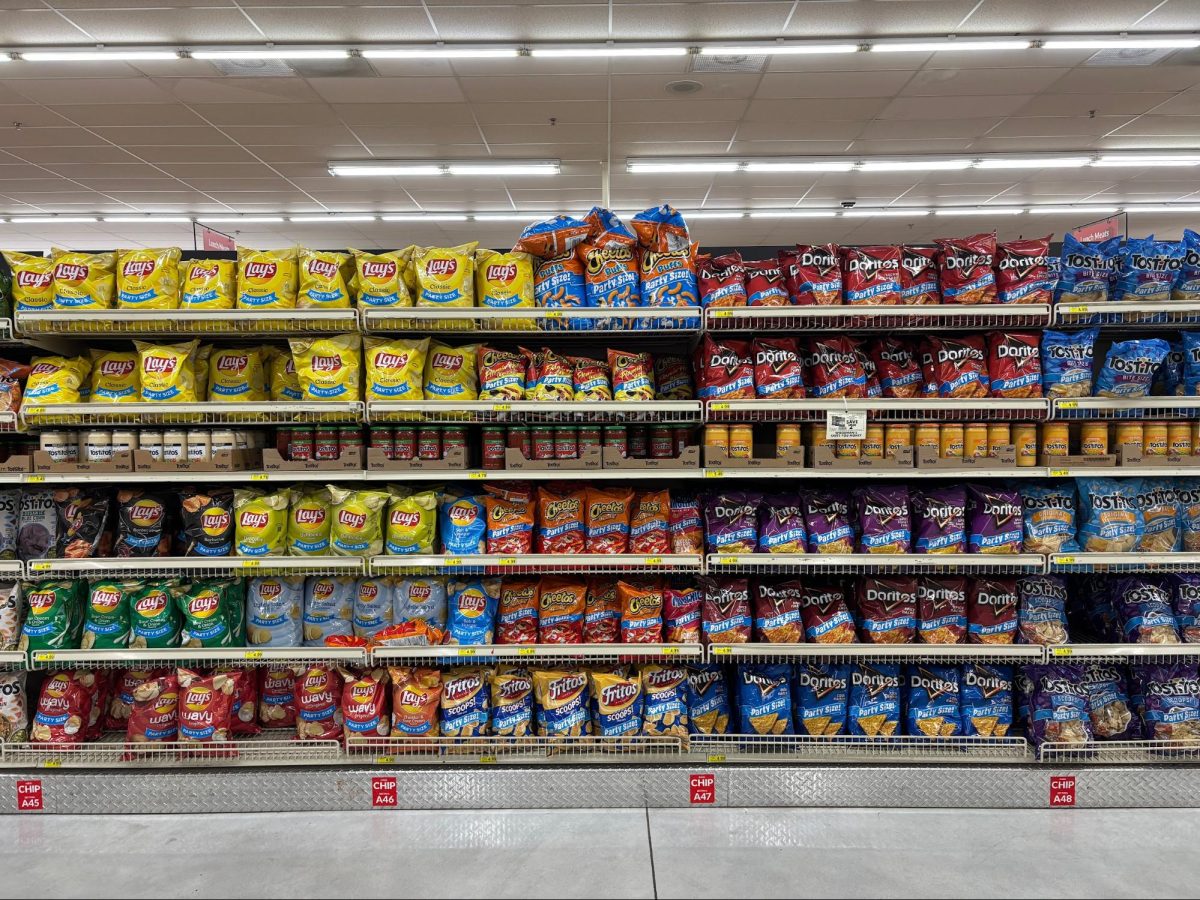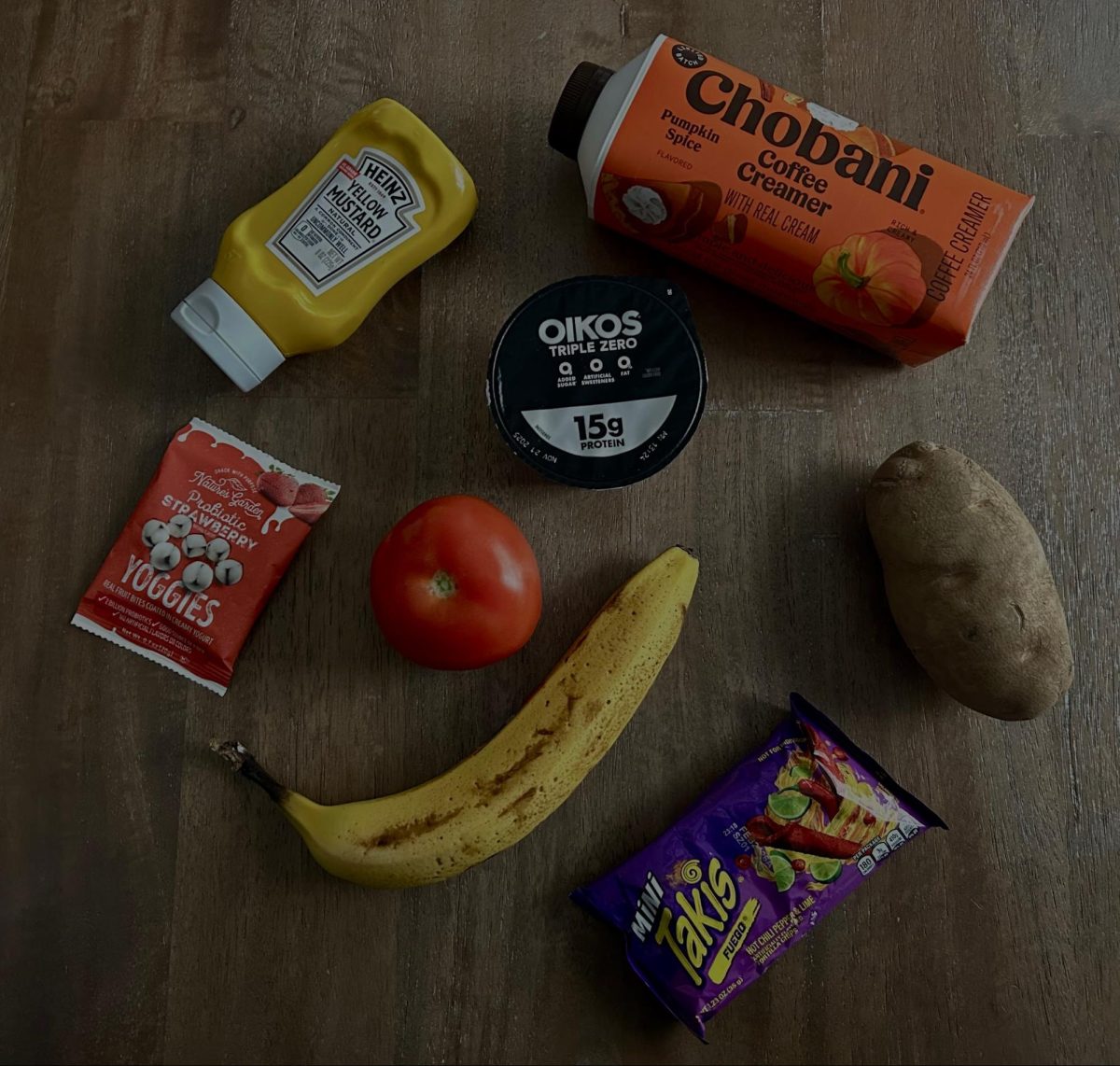Since President Donald Trump’s presidency began in January, the tariffs he has implemented have only become more common to both the U.S. and Canada, as Trump hopes to create new opportunities for the two countries.
What many don’t realize is that the final cost of goods with those tariffs circle back, and it is that same countries’ citizens who end up paying those same tariffs, not the other way around.
“So if Canada puts a tariff on American products that they’re bringing into Canada, it’s going to make those products more expensive for Canadian buyers,” Career and Technical Education (CTE) teacher Joseph Conroy said.
U.S. officials hope that the implementation of these tariffs will lead to new jobs, eventually bringing a gradually declining unemployment rate.
Unfortunately, as products become more expensive, workers across the country are finding it harder to purchase the everyday essentials, such as food items or clothing.
Because of the effect of tariffs on prices, the equilibrium between the average consumers’ salary and the product prices has gotten knocked off balance.
“The laws of supply and demand say that as prices rise, consumers want to buy less,” Conroy said. “As prices fall, they want to buy more.”
As we have seen recently with prices consistently rising, the general public has been buying fewer products that have rising prices.
This idea of supply and demand has created a sort of domino effect against the public, seemingly with no end.
Aside from everyday purchases, the cost of travel has also gone up, both for the traveler and the destination.
Hotels and resorts are starting to see less business, due to the expenses of travel being too much for would-be vacationers.
Again, because there has been a decrease in vacationing, companies like resorts are seeing that noticeably large decrease in business.
Because business has gone down, the cost to run that same business goes up, making it harder for businesses to continue at the same steady pace as before.













